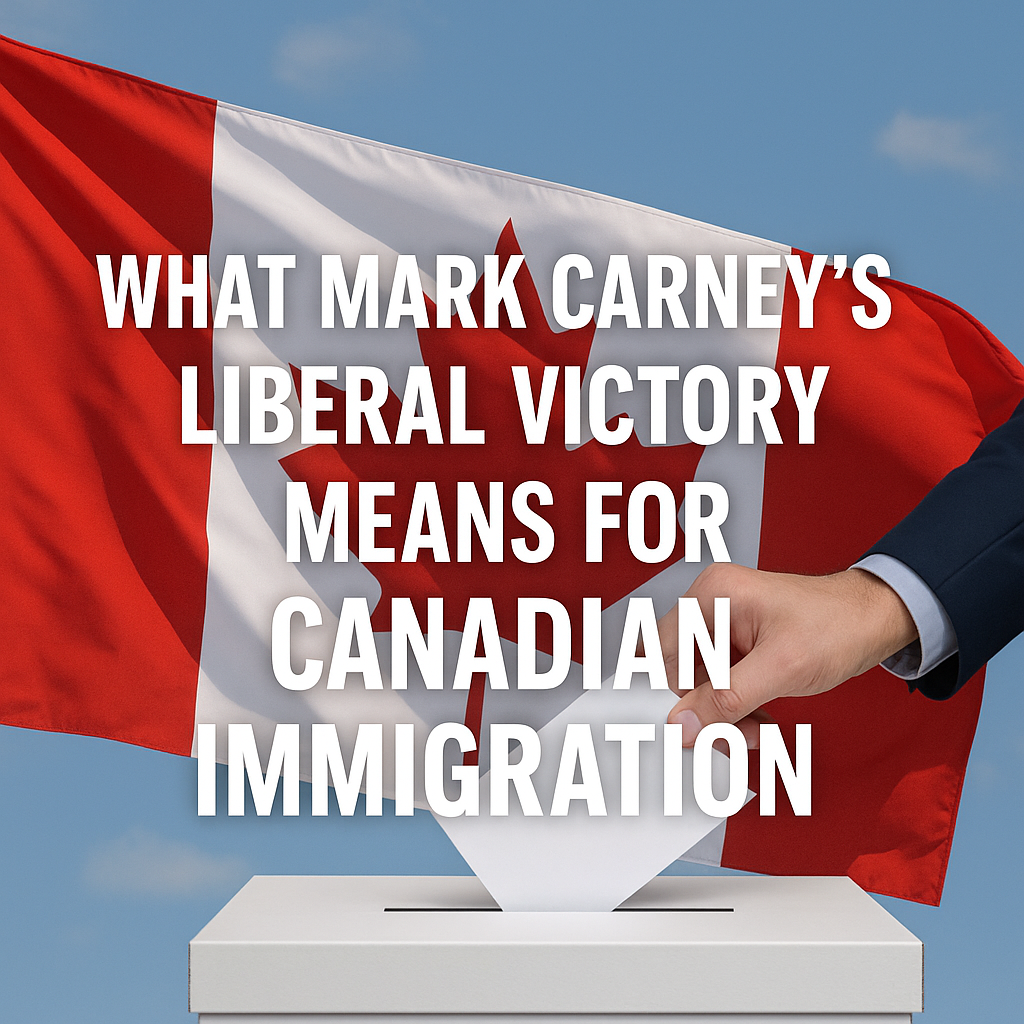 With the Liberal Party elected to form a minority government in the 2025 federal election, Canada has the opportunity to take another leap forward with its immigration policy. With the new Prime Minister Mark Carney, the federal government will advance efforts focused on housing capacity, sustainability, and a comprehensive approach to immigration strategies.
With the Liberal Party elected to form a minority government in the 2025 federal election, Canada has the opportunity to take another leap forward with its immigration policy. With the new Prime Minister Mark Carney, the federal government will advance efforts focused on housing capacity, sustainability, and a comprehensive approach to immigration strategies.
While the Liberals have yet to announce formal policy changes, their campaign platform has some important clues about where Canadian immigration is headed. Here is a summary of what is likely to happen next – and what it all means for newcomers hoping to build a future in Canada.
A Shift Toward “Stabilizing” Permanent Residency
The Liberal platform states that immigration levels over the last few years were at an “unsustainable” rate, causing pressures on housing and public services. To remedy this, the party is committed to keeping permanent resident (PR) admissions to under 1% of Canada’s population yearly after 2027.
These targets are in line with the current Immigration Levels Plan:
- 2025: 395,000 PRs
- 2026: 380,000 PRs
- 2027: 365,000 PRs
Given that Canada’s population is expected to reach 41.5 million in 2025, the proposed PR numbers fall well within this limit.
For applicants: Canada will remain open to skilled immigrants, but expect more careful calibration of annual intake. PR pathways will still be accessible, though competition may tighten.
Reducing Canada’s Temporary Resident Population
One of the more urgent concerns raised in the Liberal platform is the high number of temporary residents—international students and foreign workers—currently living in Canada. As of early 2025, over 3 million temporary residents make up about 7.25% of the total population.
The Liberals aim to reduce this to below 5% by 2027, through:
- Study permit caps
- Tighter eligibility for post-graduation and spousal work permits
- Encouraging temporary residents to transition to PR or exit upon expiry of status
During the campaign, Carney made it clear: immigration caps will stay in place until housing and public service capacity catch up with past population growth.
Implications for newcomers: Fewer study permits and stricter work rules mean international students and temporary workers may face more limited access. Those already in Canada should act fast to secure permanent pathways while programs remain open.
Boosting Francophone Immigration Outside Quebec
Another notable target: increasing francophone immigration outside Quebec to 12% by 2029. This continues a federal effort to support French-speaking minority communities across the country.
Current goals already show a steady increase:
- 8.5% in 2025
- 9.5% in 2026
- 10% in 2027
For French-speaking applicants: This is a clear opportunity. Those fluent in French can benefit from priority processing and dedicated immigration streams—especially in provinces like Ontario and New Brunswick.
Attracting Global Talent and Recognizing Foreign Credentials
To keep Canada competitive, the Liberals plan to revamp the Global Skills Strategy, which fast-tracks work permits for in-demand professionals in as little as two weeks.
In addition, the platform commits to:
- Drawing top talent from the U.S. and other countries
- Supporting entrepreneurs and high-growth businesses
- Accelerating recognition of foreign credentials and professional experience
This means: Skilled workers with international degrees and experience may find it easier to qualify for work and settle in Canada—especially in tech, engineering, and healthcare sectors.
A Modern Immigration System: Digital, Secure, and Coordinated
The platform also includes several administrative reforms:
- Digitizing applications to reduce wait times and backlogs
- Enhancing border security and targeting immigration fraud
- Legal aid for refugees to ensure due process
- Continued coordination with Quebec, which maintains control over its own immigration programs
Final Thoughts: Sustainability Over Expansion
Canada is not closing its doors—but it is refining how it manages them.
The Liberal Party’s approach marks a shift from aggressive expansion to measured growth, placing emphasis on infrastructure readiness, public service capacity, and regional equity. Prospective immigrants will need to stay informed and act strategically—especially those in temporary streams where access may narrow.
For many, Canada will continue to be a land of opportunity. But opportunity may now come with a sharper focus on balance, readiness, and long-term planning.

